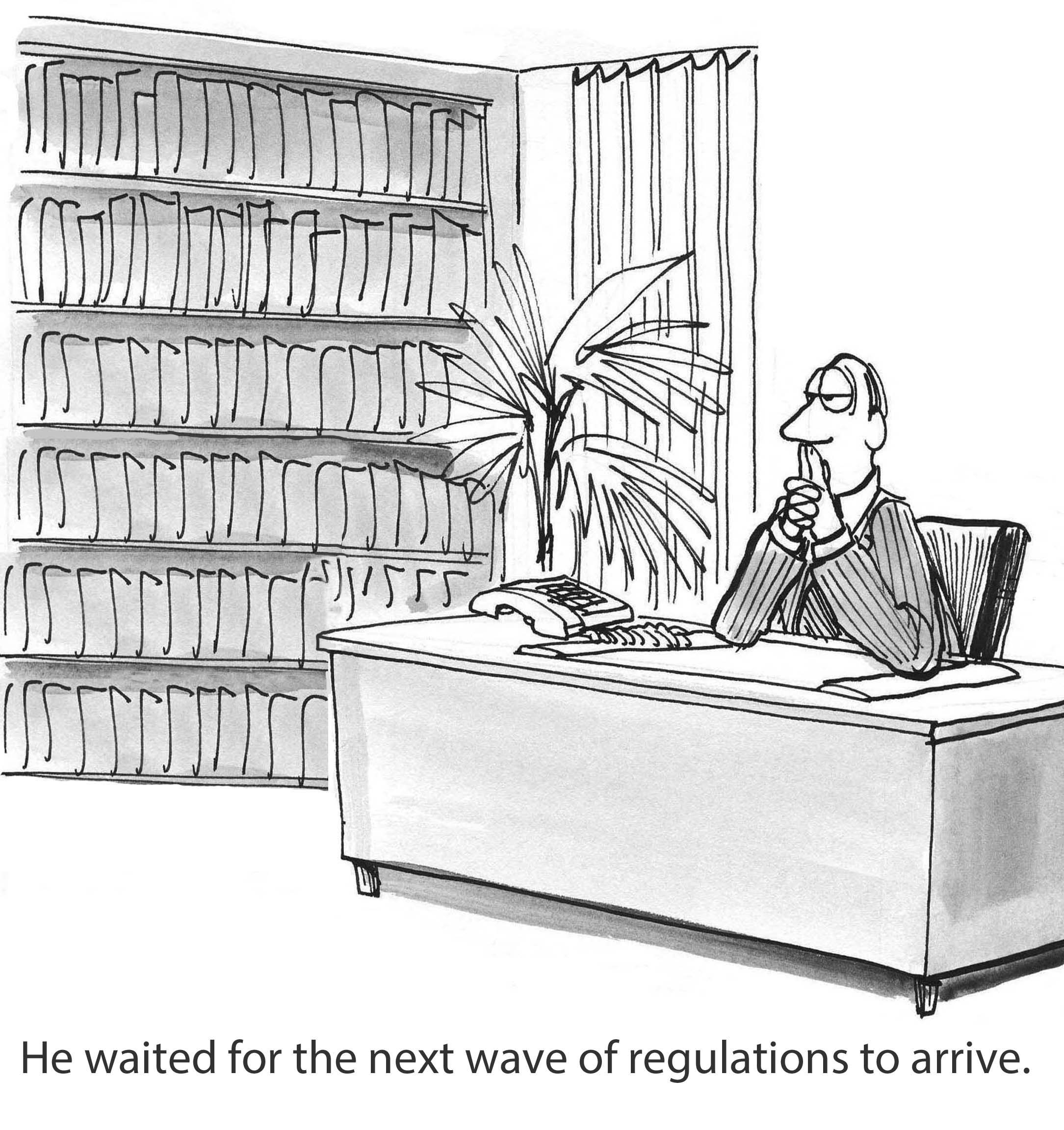 Last week, the FDA announced that it will be holding a 2-day public hearing on November 9-10, 2016 on “Manufacturer Communications Regarding Unapproved Uses of Approved or Cleared Medical Products.” This meeting will address the longstanding disagreement between the FDA and medical product manufacturers regarding the communication of off-label information.
Last week, the FDA announced that it will be holding a 2-day public hearing on November 9-10, 2016 on “Manufacturer Communications Regarding Unapproved Uses of Approved or Cleared Medical Products.” This meeting will address the longstanding disagreement between the FDA and medical product manufacturers regarding the communication of off-label information.
The dispute stems from the fact that physicians are allowed to prescribe a medicine or administer treatment for an unapproved use, but drug and medical device makers’ are not able to share the scientific information gathered from those unapproved uses. The chief concern (understandably so) is that public health may be compromised if a company communicates an unapproved use that has not been confirmed as safe or effective. Companies have called for the FDA and congress to reconsider these regulations—but as of today, the rules remain the same.
What Could it Mean for Medical Product Marketers?
The FDA-issued notice poses a handful of questions in hopes of receiving responses from a broad group of stakeholders detailing the pros and cons of off-label marketing. They range from “What are the drawbacks and risks?” to “What changes to FDA’s regulations and policies should be considered?”
The list goes on—and while the meeting isn’t until November, a handful of questions represent what could be quite a shift from how pharmaceutical and medical device marketers currently promote their products.
“How can disclosures in firms’ unapproved use communications be made most effective in conveying material information while minimizing chances of confusion or inattention?”
If the FDA modifies their guidance on off-label promotion, it’s pretty likely they will require companies to disclose when they are promoting an unapproved use. This will necessitate very specific messaging—but in a way that doesn’t confuse or deter the physician from reading it.
Pharmaceutical and medical device companies are not unfamiliar with the use of disclosures; however, the risks are elevated when communicating information on an unapproved use. In order to ensure the disclosure conveys all material information in a comprehensible way, marketers will need to collaborate with regulatory, compliance and legal teams. It will then be crucial for that disclosure to appear on any piece of collateral that promotes off-label information—everything from a sales aid to a fact sheet.
“To what extent is it appropriate for firms to communicate information about unapproved uses of their approved/cleared medical products to patient and consumer audiences?”
We’ve addressed the question of disclosures as they pertain to physicians, but the stakes are higher when communicating off-label information to patients. This raises the question: “Should unapproved uses of medical products be communicated at the consumer level at all?”
If the FDA does adjust their current off-label promotion guidance, companies will have to make the decision that best suits their capacity to properly inform and educate patient audiences on any unapproved use. Some may have the resources in place to do so, while others may decide this information should only be shared with physicians and experts. It will then be up to pharmaceutical and medical device marketers to manage what promotional material is disseminated to which audience based on that decision.
“…what kinds of surveillance and monitoring could be undertaken to measure and assess the public health impacts of unapproved use communications and by whom?”
The FDA’s Office of Prescription Drug Promotion (OPDP) currently surveys and monitors medical product promotion. They review advertising and promotional labeling to ensure that the information contained in these promotional materials is not false or misleading. This question is calling on the public to provide some suggestions as to how they can continue to survey and monitor medical product information, but as it could pertain to off-label promotion.
Pharmaceutical and medical device companies already take precautionary steps to adhere to the FDA’s guidance on how they market their products—but if the end result of November’s public hearing allows for promoting unapproved uses, the OPDP may have to increase their surveillance. If medical product marketers closely monitor the accuracy of their own on- and off-label collateral through frequent content audits and version control, they reduce the risk of popping up on the FDAs radar.
While these questions won’t become a dialogue until November, it’s important for pharmaceutical and medical device marketers to start thinking about how they might impact the way they promote their products—and what steps they can start taking now. Any change, large or small, could influence what kind of information audiences can receive on a drug or device—and it’s up to both the FDA and industry to ensure public health remains the priority.
